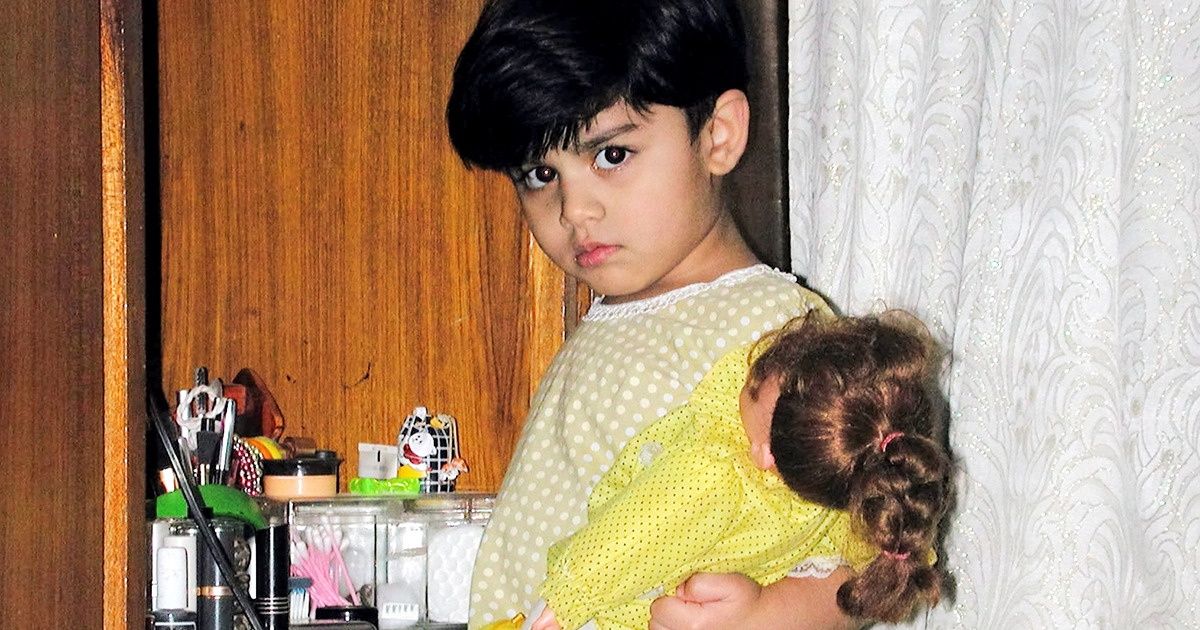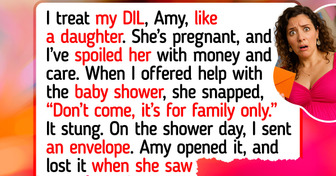I Left My Estate to My Adopted Son, and Now My Biological Kids Are Pleading for a Share


Today’s parents have different thoughts on what toys their kids should play with. Quite often, the approach to toys and games can be imposed on us by society, mass media, or toy manufacturers, and this approach often labels some toys “for girls” and others “for boys.” But as it turns out, playing with a variety of toys is crucial for the growth and development of all children, which means dolls that are often thought of as “girl toys” should be in the toy box accessible to both genders.
We at Bright Side took a closer look at why playing with dolls is beneficial for both boys and girls, and here’s what experts are saying about it.
A doll is a mini-copy of a child and it helps kids understand the life of babies better and get prepared for being in the presence of newborns. This is a kind of rehearsal that prepares a child for a sibling. Playing with dolls also helps children to act out their own interactions with family and friends and better understand events. During doll play, a child can also try to be on the opposite side of a conflict or event, which is a valuable experience for both girls and boys.
Playing with dolls often involves changing clothes, feeding, bathing, and “cooking” in the doll’s kitchen, which provides lots of room for imagination. Dressing and undressing a doll, in particular, can help kids develop their fine motor skills, which is especially meaningful for boys who tend to develop their self-dressing and other fine motor skills a bit later than girls.
Such playing is also important for kids’ cognitive skills — bathing a doll, for example, is a good way for a child to learn the sequence of actions (first, you fill up the bath, then you undress the doll, apply shampoo, and so on).
When your child plays with a doll, they get involved in so many different activities, and it naturally expands kids’ vocabulary and improves their speech skills. A doll can teach your child the names of body parts, clothing items, verbs for basic actions and feelings, how to answer questions (“Where is the baby’s nose?”, “Why is the baby crying?”), and other language aspects.
While taking care of a doll, your child also learns how to nurture and empathize. When the child is still little, a doll will serve as an object they can hold onto and feel secure with. As the child grows older, they may start seeing the doll as their own baby, taking care of it by repeating the words and gestures of their own parents. Taking care of a doll will help the child learn empathy and responsibility and teach them how to take care of another living thing.
A doll can help kids to get through situations that cause strong emotions. With the help of dolls, children can act out difficult or upsetting situations, repeat the words that they’ve heard that upset them, and can think of the ways they could’ve responded to them.
In conclusion, it’s a good idea to give both girls and boys the opportunity to play with all kinds of toys — dolls, toy cars, blocks, and so on. If you want to learn more about what toys are good for your child right now, you can visit this page and see what experts from Michigan State University recommend.
What were your favorite toys to play with when you were a child? What toys are your kids playing with these days?











